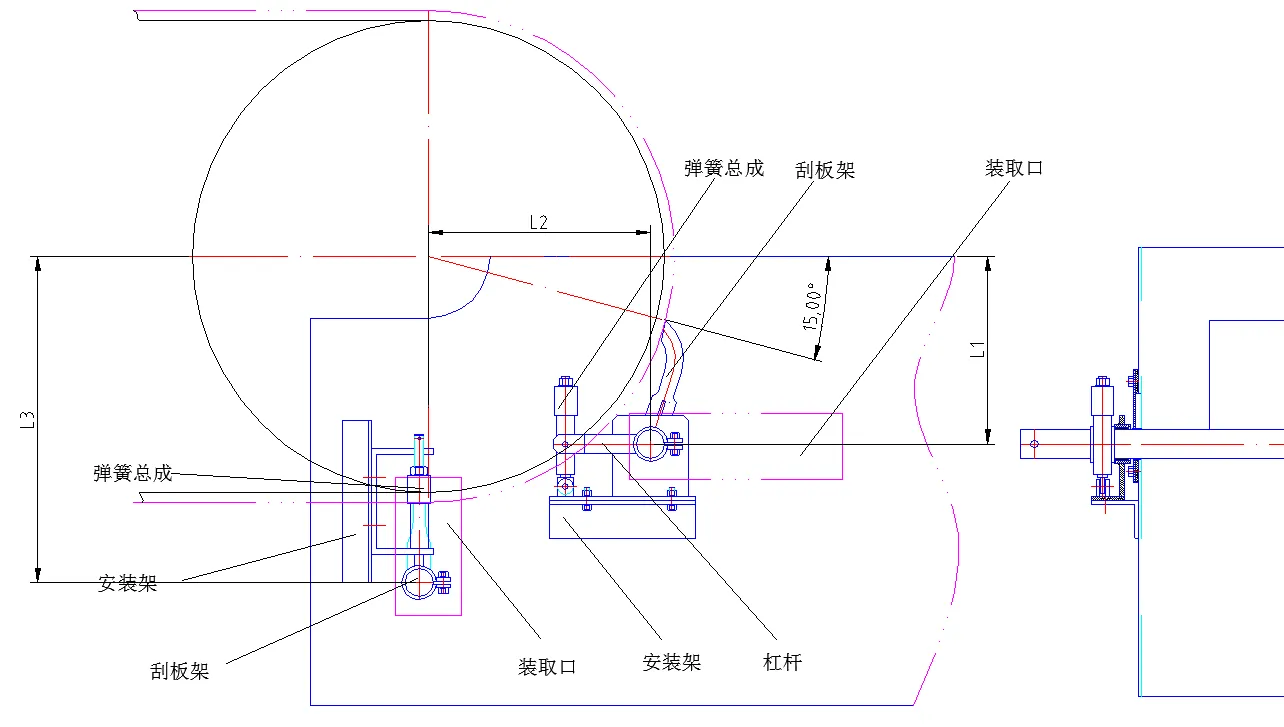 Afrikaans
Afrikaans  Albanian
Albanian  Amharic
Amharic  Arabic
Arabic  Armenian
Armenian  Azerbaijani
Azerbaijani  Basque
Basque  Belarusian
Belarusian  Bengali
Bengali  Bosnian
Bosnian  Bulgarian
Bulgarian  Catalan
Catalan  Cebuano
Cebuano  Corsican
Corsican  Croatian
Croatian  Czech
Czech  Danish
Danish  Dutch
Dutch  English
English  Esperanto
Esperanto  Estonian
Estonian  Finnish
Finnish  French
French  Frisian
Frisian  Galician
Galician  Georgian
Georgian  German
German  Greek
Greek  Gujarati
Gujarati  Haitian Creole
Haitian Creole  hausa
hausa  hawaiian
hawaiian  Hebrew
Hebrew  Hindi
Hindi  Miao
Miao  Hungarian
Hungarian  Icelandic
Icelandic  igbo
igbo  Indonesian
Indonesian  irish
irish  Italian
Italian  Japanese
Japanese  Javanese
Javanese  Kannada
Kannada  kazakh
kazakh  Khmer
Khmer  Rwandese
Rwandese  Korean
Korean  Kurdish
Kurdish  Kyrgyz
Kyrgyz  Lao
Lao  Latin
Latin  Latvian
Latvian  Lithuanian
Lithuanian  Luxembourgish
Luxembourgish  Macedonian
Macedonian  Malgashi
Malgashi  Malay
Malay  Malayalam
Malayalam  Maltese
Maltese  Maori
Maori  Marathi
Marathi  Mongolian
Mongolian  Myanmar
Myanmar  Nepali
Nepali  Norwegian
Norwegian  Norwegian
Norwegian  Occitan
Occitan  Pashto
Pashto  Persian
Persian  Polish
Polish  Portuguese
Portuguese  Punjabi
Punjabi  Romanian
Romanian  Russian
Russian  Samoan
Samoan  Scottish Gaelic
Scottish Gaelic  Serbian
Serbian  Sesotho
Sesotho  Shona
Shona  Sindhi
Sindhi  Sinhala
Sinhala  Slovak
Slovak  Slovenian
Slovenian  Somali
Somali  Spanish
Spanish  Sundanese
Sundanese  Swahili
Swahili  Swedish
Swedish  Tagalog
Tagalog  Tajik
Tajik  Tamil
Tamil  Tatar
Tatar  Telugu
Telugu  Thai
Thai  Turkish
Turkish  Turkmen
Turkmen  Ukrainian
Ukrainian  Urdu
Urdu  Uighur
Uighur  Uzbek
Uzbek  Vietnamese
Vietnamese  Welsh
Welsh  Bantu
Bantu  Yiddish
Yiddish  Yoruba
Yoruba  Zulu
Zulu Understanding the Role of Pulleys in Maximizing Conveyor Belt Efficiency and Performance
The Role of Pulleys in Conveyor Belt Systems
Conveyor belt systems are pivotal in modern industries, facilitating the efficient movement of goods across various sectors, including manufacturing, logistics, and mining. Among the many components that comprise a conveyor system, pulleys play a crucial role in ensuring the belt operates smoothly and effectively. This article delves into the significance of pulleys in conveyor belt systems, exploring their types, functions, and the impact they have on operational efficiency.
The Role of Pulleys in Conveyor Belt Systems
Drive pulleys are essential for initiating and maintaining the motion of the conveyor belt. These pulleys are connected to a motor, which provides the necessary power to rotate them. As the drive pulley turns, it pulls the belt along its path, enabling materials to be transported from one location to another. The design of the drive pulley is critical; it must be engineered to withstand the load it carries while providing adequate grip on the belt. This is often achieved through various surface treatments or by using specialized materials that enhance friction.
pulley in conveyor belt

On the other hand, idler pulleys support the belt and help maintain its tension and alignment as it moves. These pulleys do not drive the belt; instead, their primary functions include guiding the belt and managing its slack. Proper tension is vital in any conveyor system, as insufficient tension can lead to slippage, resulting in reduced operational efficiency and increased wear and tear on the system. Conversely, excessive tension can cause undue stress on the components, leading to premature failure. Thus, the appropriately designed and positioned idler pulleys are crucial for maintaining the balance in the conveyor system.
In addition to their role in ensuring proper tension and movement, pulleys also contribute to the overall efficiency and longevity of conveyor systems. They are designed to minimize friction and wear, thereby maintaining smooth operation over time. Advanced pulley designs may also incorporate features such as self-aligning mechanisms that help prevent belt misalignment and potential breakdowns.
Moreover, the maintenance of pulleys is vital in prolonging the lifespan of the conveyor belt system. Regular inspections should be conducted to ensure that all pulleys are functioning correctly and are free of debris or contaminants that could impede their operation. Bearing wear, belt tracking issues, and misalignment can lead to significant operational downtimes, making preventive maintenance an essential aspect of conveyor system management.
In conclusion, pulleys are an integral part of conveyor belt systems, playing a fundamental role in their operation and efficiency. By facilitating movement, maintaining tension, and supporting the overall structure of the conveyor system, they help optimize the mechanical functions necessary for transportation in various industries. As technology advances, the design and functionality of pulleys continue to evolve, contributing to the ever-increasing efficiency and reliability of conveyor systems. Understanding the importance of pulleys will allow industries to better maintain and optimize their conveyor systems, ensuring smooth operations and enhanced productivity.
-
Revolutionizing Conveyor Reliability with Advanced Rubber Lagging PulleysNewsJul.22,2025
-
Powering Precision and Durability with Expert Manufacturers of Conveyor ComponentsNewsJul.22,2025
-
Optimizing Conveyor Systems with Advanced Conveyor AccessoriesNewsJul.22,2025
-
Maximize Conveyor Efficiency with Quality Conveyor Idler PulleysNewsJul.22,2025
-
Future-Proof Your Conveyor System with High-Performance Polyurethane RollerNewsJul.22,2025
-
Driving Efficiency Forward with Quality Idlers and RollersNewsJul.22,2025





























